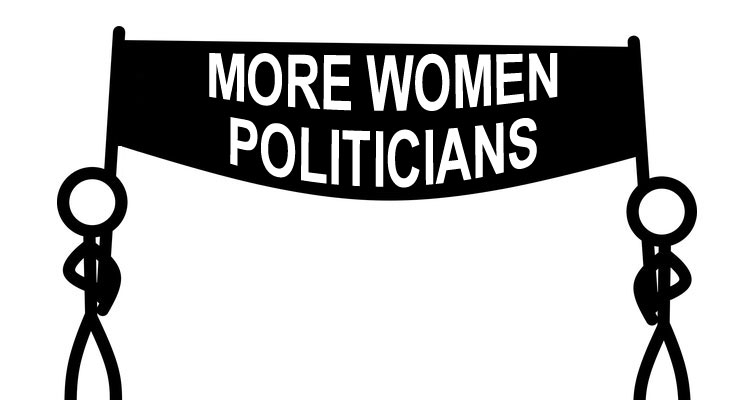 From IDEA. Here is an excerpt:
From IDEA. Here is an excerpt:
The gender gap in politics remains the largest gender gap across sectors. In 2022, women are still marginalized and unfairly represented at all levels of government globally, making up 36% of local deliberative bodies and 26.1% of national parliaments. Only 8.3% of Heads of Government and 7.2% of Heads of State are women.[1]
Although increased women’s participation in decision-making leads to more inclusive policies and service delivery, achieving parity remains a challenge as persisting barriers hinder women’s equal access and participation in public life, including the lack of financial resources and access to networks, discriminatory laws and institutions, and gender-based violence. At the current rate of progress, the World Economic Forum estimates that gender parity in politics will not be attained before the year 2166.
Disasters and crises often exacerbate existing inequalities, and the COVID-19 pandemic is no exception. While an estimated 80 countries and territories postponed national and local elections, at least 158 held elections despite COVID-19 related concerns and restrictions.[2] In 2020 and 2021, it is estimated that voter turnout declined in 66% of countries. Similarly, civic and democratic spaces have shrunk: 155 countries introduced limitations on the freedom of assembly, which in many cases were supplemented by additional restrictions on civil and political rights; and 60 countries targeted freedom of expression.
Continue reading here.
Leave a Reply